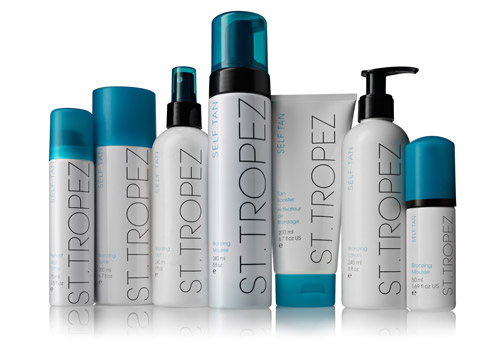In the 1920s tanned skin was considered a sign of
poverty. Powdery pale skin that rarely saw the sun was a sign of glamour
and luxury. Coco Chanel changed this after coming back from a yacht trip
in the Cannes in 1923 with a bronze glow complexion.
This began a phase which made people flock to
tropical countries to get that sun-kissed look.
Tea bags were used during WWII to create that natural
bronzed look. Less than 10 years later the first fake tanning product was
being sold. It was called the 'Man Tan'. Instead of staining the
skin the Man Tan used a chemical made of sugar cane, dihydroxyacetone (DHA)
this caused a bronzing effect with the amino acids on the surface of the
skin. The FDA approved of this ingredient in the 1970's and it is still
used in many fake tanning products today.
There was a rise in skin cancer which was noticed
by dermatologists as a result of exposure to UV rays from lying in the sun.
Because of this self-tanners became a substitute for laying in the sun. In the
1990's there was a huge variety of fake tanning products available, giving
people the look of a carrot. This is where the term 'tangoed' first
arose. Tanning beds also became a substitute for laying in the sun until
it was discovered that tanning beds were just as harmful as laying in the sun.
People were put off using self-tanners for two
reasons. The strong smell from the tan which was because of the
dihydroxyacetone (DHA) used in the tans and the often 'oompa lumpa' like orange
colour which came from using these self-tanners.
In previous years fake tanning products have got
rid of the strong smell and the orange colour and have created products that
provide a more natural glow. They did this by using a formula with either
100% natural form of dihydroxyacetone
(DHA) taken from renewable plant sources or they mixed dihydroxyacetone with
keto sugar molecules which provided a more natural glow and a longer
lasting tan.
http://www.huffingtonpost.com/robert-applebaum/history-of-fake-tanning-s_b_3818206.html

